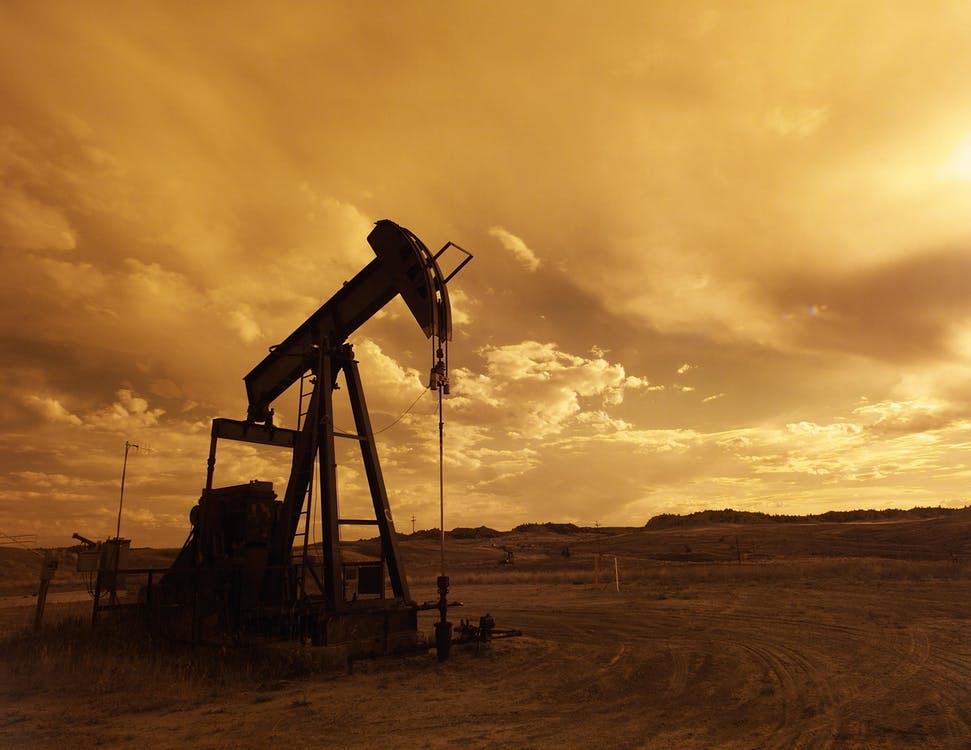Drilling a new well can often be regarded as an intimidating process. Many people may not know what “drilling a well” even means, let alone the dos and don’ts of the process. Rest assured, we will be discussing the process, cost, and tips to consider before drilling a well.
So, to begin, what exactly is well-drilling? It is the process of accessing reserves of natural resources, with the principle of perforating a hole into Earth’s surface. In our case, the exploited natural resource is a water reserve. Furthermore, below are a handful of tips to consider before drilling a new well.
Siting
Determining the drilling location is the first step of drilling a well and the most vital step as well, pun intended. Well-exploration can come off as a hit or miss process, but that is far from the truth. Rainwater permeates into the ground, accumulating into regions of water referred to as aquifers. These regions of water can last from a month up to several decades. Thus, requiring extensive research over the siting of the well.
However, science has enabled us to locate sites with higher probabilities of landing giant reserves of water. Fractures and cracks on the surface are often indicators for best drilling locations.
Depth and drilling
Classifying drilling as merely excavating a hole in the surface of the Earth would not be right. A well has to undergo several steps and procedures. These procedures may vary depending on the depth of the well and the type of terrain. Moreover, this will also affect the required investment, relative to the average cost to install a well.
The depth can vary from several feet under the ground to hundreds of feet. The average supply of water can be found slightly below the 30ft mark. But 30 feet being the bare minimum, it is suggested to at least dig a few more feet before setting up the well. The potency of water increases the further you dig.
Legality
In the US, most states need a permit for drilling a well. The contractor you hire is most likely to help you out with most of the paperwork. However, you must conduct your research before proceeding with the drilling.
States carry out several stipulations concerning the drilling of a well. Some states are well-known for implementing limitations on the volume of water extracted in a specific time frame. They also monitor and investigate the well closely, seeing if the column rules are adopted or not. For instance, drilling a wider hole will have the contractor plug the hole up with gravel later, increasing the overall cost. Several other rules come into play similar to the ones mentioned.
Pipelines
Quite often, when drilling a well, the likelihood of coming across and damaging country property such as sewage pipelines is very high. Consulting the proper authorities and practicing the utmost caution is strongly recommended. Better safe than sorry, right?
The existence of a local utility building in your property’s vicinity is where you should first start. Refer it to your property, and check if any underground service lines pass through your assets. It also needs to be determined if a system of sewage lines or old reservoirs cross your land. Confirming your local building code will allow you to get all the data you need. Moreover, drilling a minimum of 50 feet away from them is suggested, mainly to avoid contamination.
Water quality
The quality of water is what seals the deal; the entire project relies on its serviceability. There are two aspects to the quality of water, although both relate to the water’s impurity. One includes the precipitation of water and the amount of dirt/mud it has. While the other pertains to hygiene and if the water is drinkable or serviceable for domestic means.
Usually, the first few hundred gallons of water is likely to be muddy. To rid the water of its initial muddiness, pumping out the water till the 100-gallon mark is the standard for all wells. If it does not clear away by then, it is advisable to continue the process until it does.
After the completion of your well, running the water through proper testing is strictly advised. Analyzing it for bacteria and other microorganisms is very crucial before using the water for consumption. Additionally, carrying out tests on the well water for chemicals, toxins, and other foreign substances is also substantial.
Conclusion
A question asked by many clients is how long can a well last them. To answer this, you must consider the factors above, considering how each aspect relates to the answer. An optimal drilling site with decent geology will provide remarkable results. Legality and entitlement need to be well-thought-out before proceeding any further. Similarly, the other factors will also enable you to narrow down your problems and provide you with the optimal site and stress-free experience.

